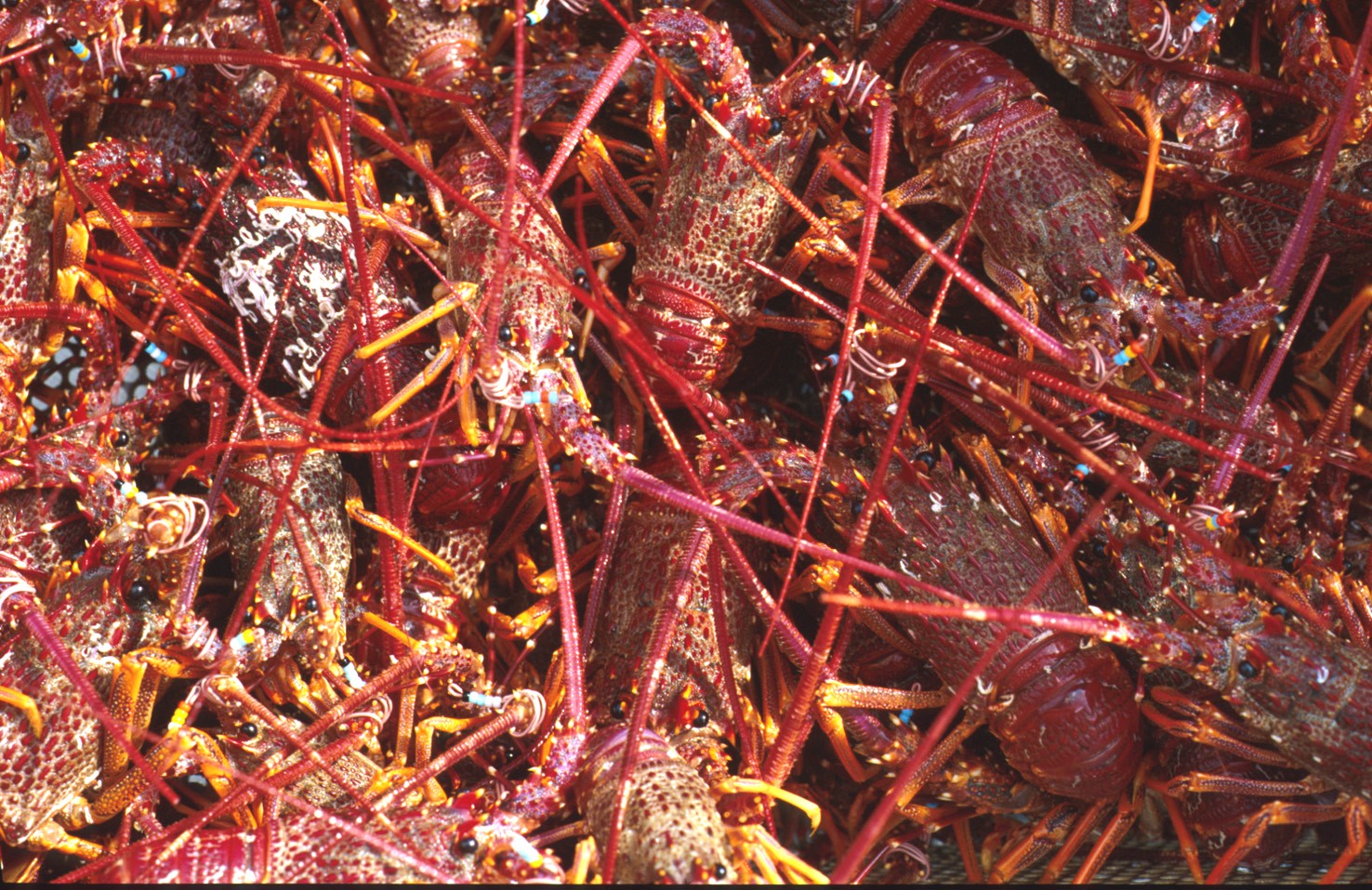Commercial Catch and Effort
Following the introduction of the ITQ system in 1998/99, the TACC was stable at 1502-1523t for the following decade. In response to record low recruitment in the late 2000s was incrementally reduced to 1103t between 2009 and 2011. A further reduction of 4.8% to 1051t was made in 2014/15 to ensure the fishery remained on track to meet a rebuilding target reference point, which has now been achieved.
Regionally much of the reduction following the TACC decrease took place in the Eastern half of the state (Assessment Areas 1 – 3), following the decrease this has been intentionally maintained at the lower level through the “East Coast Rock Lobster Stock Rebuilding Strategy” and the catch cap in Assessment Area 4. In the Western Zone over the last few years Assessment Areas 5 and 6 have been decreasing in catch whilst Assessment Areas 7 and 8 have been increasing. In recent years there has been an increase in the proportion of the catch taken during early in the season and during the male only winter period. This has been driven by operators seeking to maximise their profit in the context of seasonal beach price patterns and increasing CPUE.




